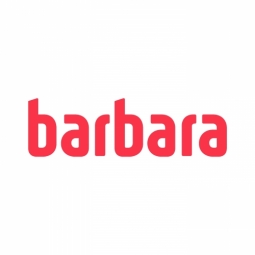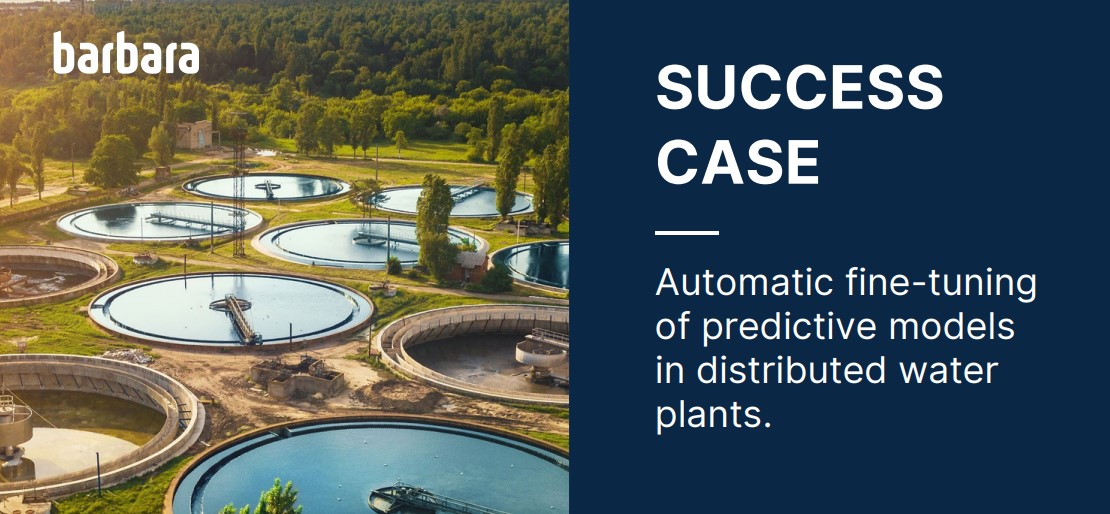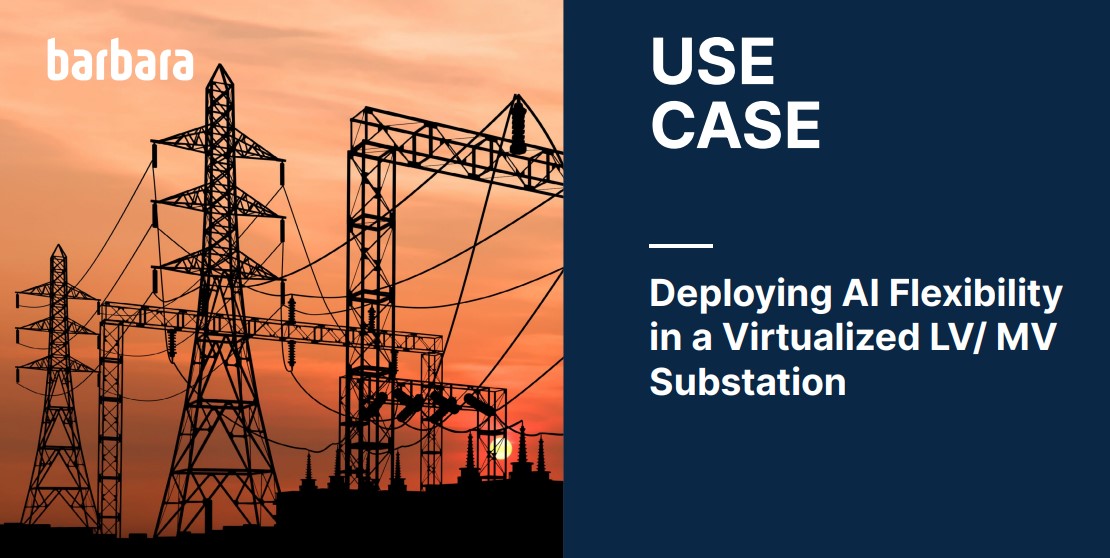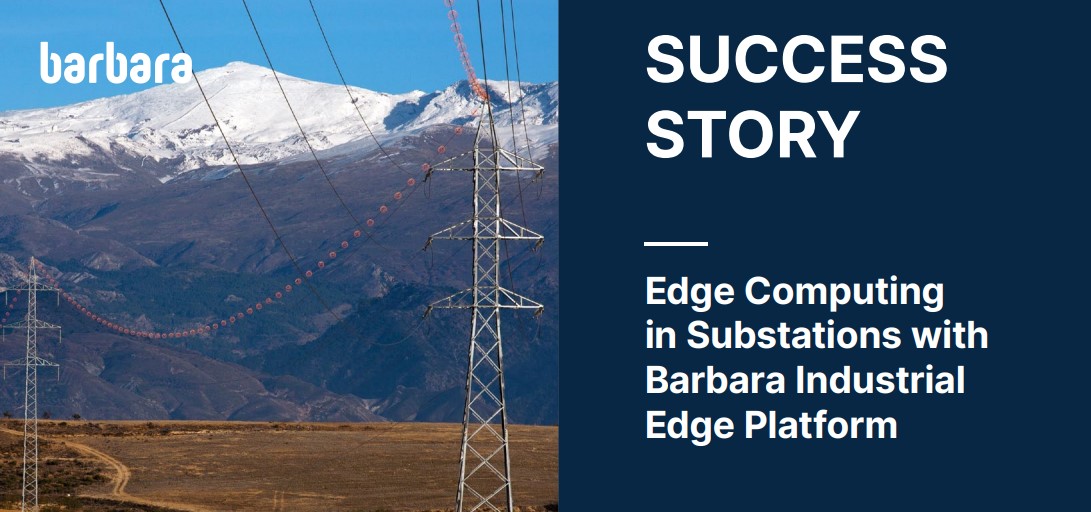下载PDF

Barbara
Barbara 是工业领域的边缘人工智能平台。 Barbara 帮助机器学习团队大规模管理边缘模型的生命周期。现在,公司可以在分布式位置远程部署、运行和管理其模型,就像在云中一样轻松。
概述
公司介绍
Barbara 是边缘 AI 平台,适合希望克服在关键任务环境中部署 AI 挑战的组织。
借助 Barbara,公司可以轻松地在数千台设备上部署、训练和维护其模型,并具有云无法比拟的自主性、隐私性和实时性。
物联网解决方案
Barbara 的技术包括:
• 工业连接器,用于将边缘设备连接到任何其他传统或下一代设备。
• Edge Orchestrator 可在数千个分布式位置部署和控制基于容器的本地边缘应用程序。
• 设备管理,用于以网络安全方式配置、配置、更新、操作和停用边缘设备。
• MLOps 可在几分钟内优化和打包经过训练的模型。
• 可供部署的容器化边缘应用程序市场。该市场包括第三方应用程序和一套 Barbara微服务。
主要客户
Barbara 的客户群遍及各个领域,包括电网/智能电网、水务、化学制造、石油和天然气、工业机械制造、流程制造、基础设施运营和海运。
物联网应用简介
技术栈
Barbara 的技术栈描绘了Barbara 在平台即服务 (paas)等物联网技术方面的实践。
-
设备层
-
边缘层
-
云层
-
应用层
-
配套技术
技术能力:
无
弱
中等
强
实例探究.

Case Study
Edge Computing: Automatic fine-tuning of predictive models in water plants
ACCIONA spent significant time and resources manually testing water samples in a laboratory to determine chemical concentrations. Due to the time it took to obtain these results, they were often outdated and unreliable. This resulted inadditional costs related to chemical supply and regulatory penalties.By implementing real-time optimized Machine Learning control algorithms at each of its desalination plants, ACCIONA was able to minimize the use of reactive chemicals, eliminate associated regulatory penalties, and provide an efficient edge infrastructure to implement new applications for predictive maintenance, energy efficiency, sensing, optimization or reinforcement learning.

Case Study
Edge AI: Deploying AI Flexibility in a Virtualized LV/ MV Substation
Cuerva a Spanish Grip Operator, was seeking to enhance grid knowledge through the implementation of the AI Energy Forecasting Model to obtain precise forecasts of user demand and energy generation.Cuerva’s grid encompasses over 16,000 diverse supply points, making cloud-based operations intricate and susceptible to issues such as connectivity loss, delays in information transmission, and reliance on centralized infrastructure, which can result in the loss of critical data.To tackle these challenges, the Edge technology has proven to be the sole alternative capable of addressing these issues effectively. It ensures real-time data access and operates in a decentralized manner, minimizing the impact of device failures on the overall functionality of the network.In this successful case, we illustrate how with Barbara DSOs can implement AI directly in substations to accurately predict the demand and production values of consumers linked to the transformation center where an Edge node run by Barbara has been deployed.

Case Study
Edge Computing in Substations
Cuerva Distribution needed to have real-time data (<1 minute) from the line cells of its substations and fault detectors in order to obtain instant alerts regarding supply quality: surges or drops in voltages or intensity, neutral currents, etc. Traditionally, all these data are processed through SCADA, a rather rigid system which does not allow for custom events and alarms to be configured. Due to software limitations, it took around 15 minutes for the data to transfer from SCADA to a database.






